Ever wonder if Mercury retrograde is messing with more than just your texts and dates? Let’s take a cosmic trip back to a time when a single dollar could actually stretch — like, across the whole freakin’ store. These days, with inflation doing its own version of the cha-cha, even grabbing a snack feels like negotiating a hostage release. Believe it or not, not too long ago in the late 1900s, you could actually buy a whopping eleven different things for just a buck — from a gallon of gas to a movie ticket, and yes, even a dozen eggs without needing a small loan. It’s kind of mind-boggling, right? As the stars align to remind us that change is inevitable, let’s see just how far a dollar used to go and why your parents might still raise an eyebrow at your grocery bill. LEARN MORE
These days, everyone seems to be scraping by on money to get through the week, or sometimes, even the day. Today, one in eight people in the U.S. relies on SNAP benefits in order to eat. In a time when even items at the dollar store rarely cost a dollar anymore, it can be shocking to think about how, not all that long ago in the 1900s, there were plenty of things you could buy for just one dollar.
Deals and “BOGO” offers are worth more than ever now, so it’s interesting to see which everyday items and activities cost a dollar or less during the late 1900s. It can be painful to see that a food item that now costs up to $20 when it used to cost a mere 100 cents.
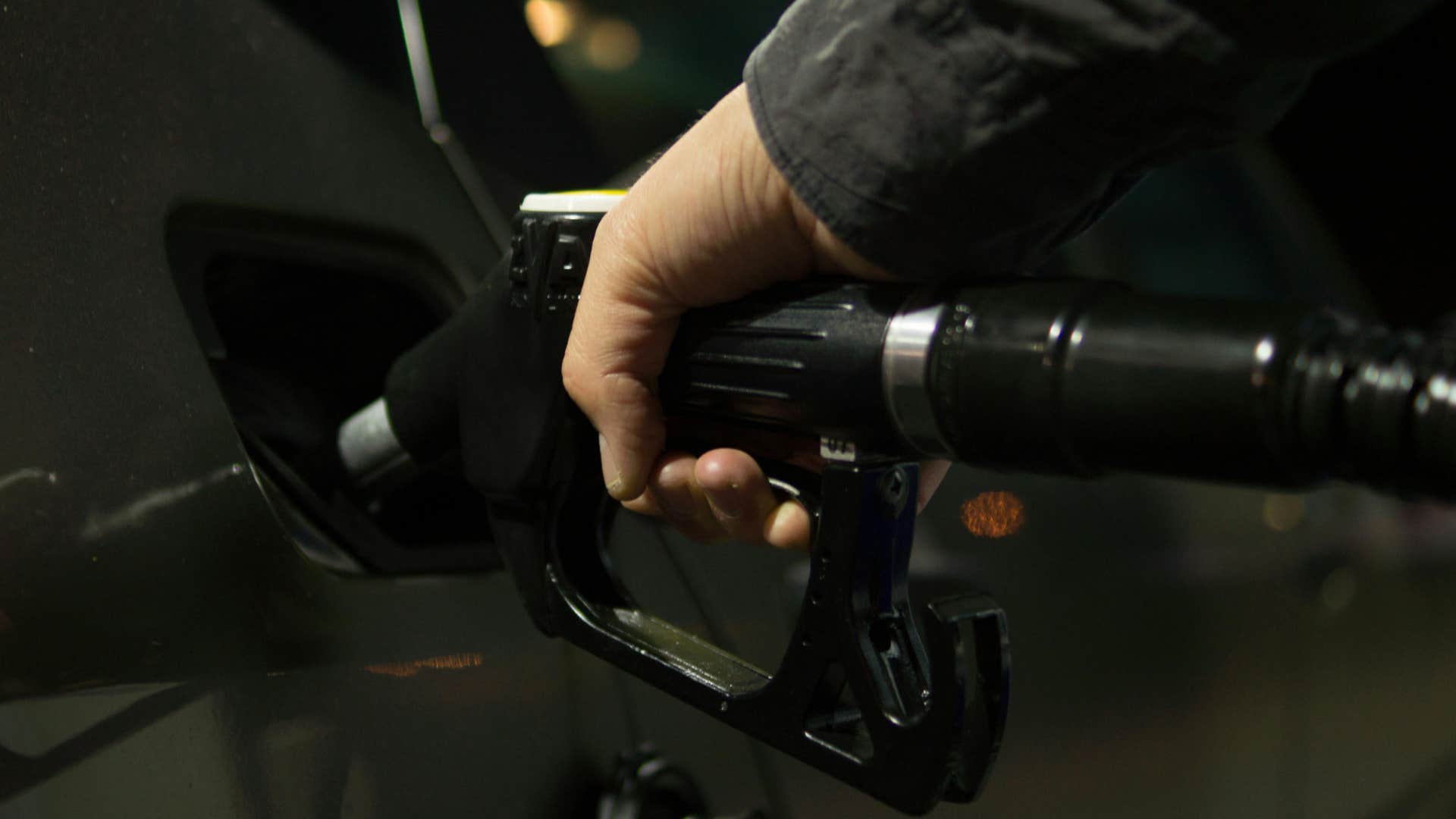 ClickerHappy | Pexels
ClickerHappy | Pexels
In the 1960s, a gallon of gas cost only $0.30, while the most expensive was in the 1990s at $1.13. These days, the cheapest gallon of gas you can find is no less than $3.30. In the U.S., there are only a few cities where you can get by on public transportation. Most Americans rely on a car, which has at times been difficult, especially when gas prices reached $5 per gallon in 2022. In the ’60s, $5 would’ve been how much it took to fill up a whole tank.
The next time you decide to go on a road trip and start to tear up when you have to pull out your card to pay for gas, remember there was once a time when $5 could take you across state lines.
Advertisement
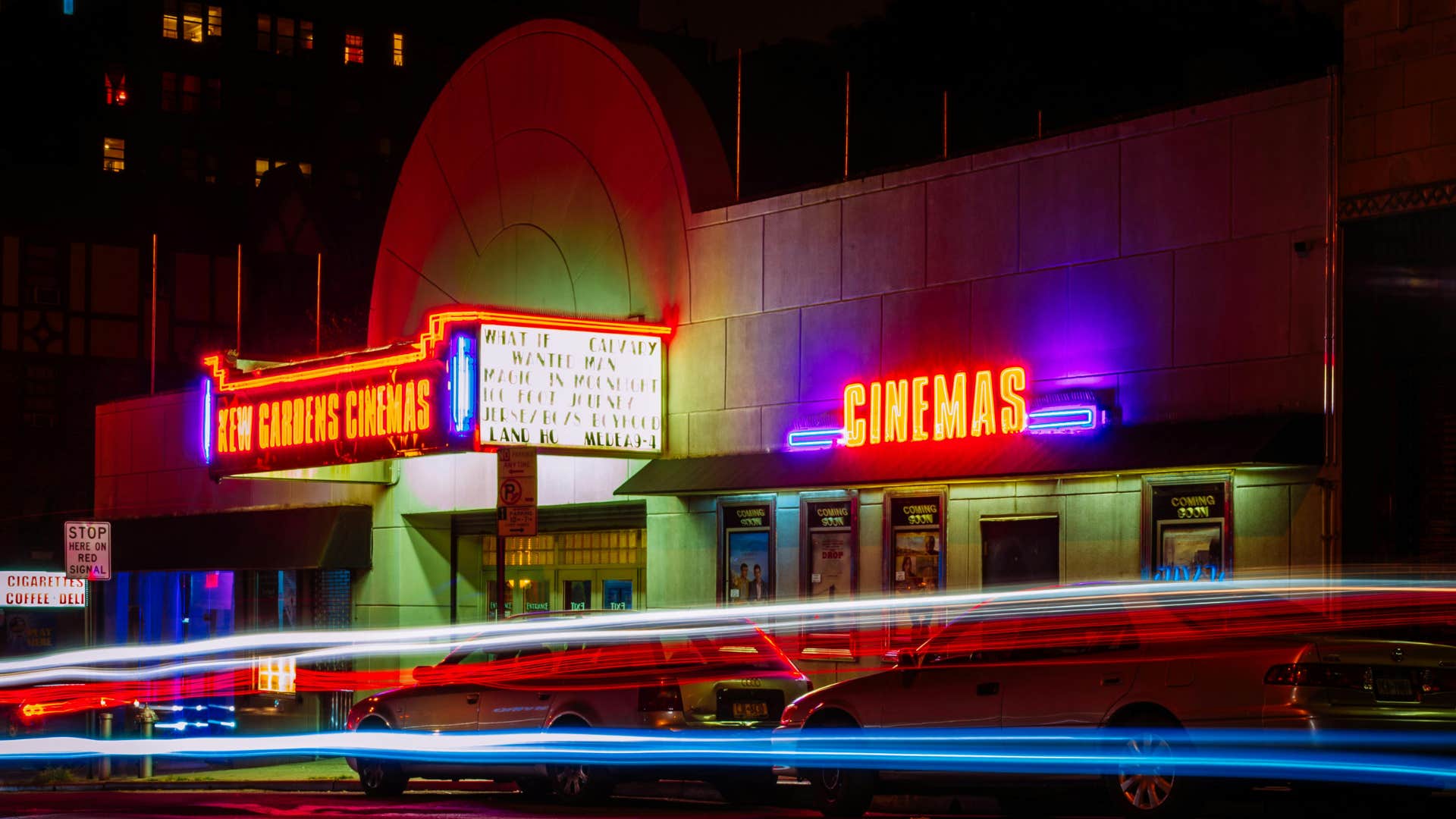 Nathan Engel | Pexels
Nathan Engel | Pexels
Everyone has gone to the movies at least once in their life, whether it was on an awkward first date or when you begged your parents to take you to see an R-rated movie. Over time, movie theaters have been seeing fewer and fewer people in their seats, and part of the reason is not because of streaming, but the prices of a movie ticket have started to become insane. In the late 1900s, a movie ticket cost only a little over a dollar, whereas today, it can cost a whopping total of $25, no snacks included!
The movie theater has always been a phenomenal experience, from the surround-sound system to the vibrant colors on the big screen, but with these crazy prices, some might see it as a luxury they go to once every blue moon.
Advertisement
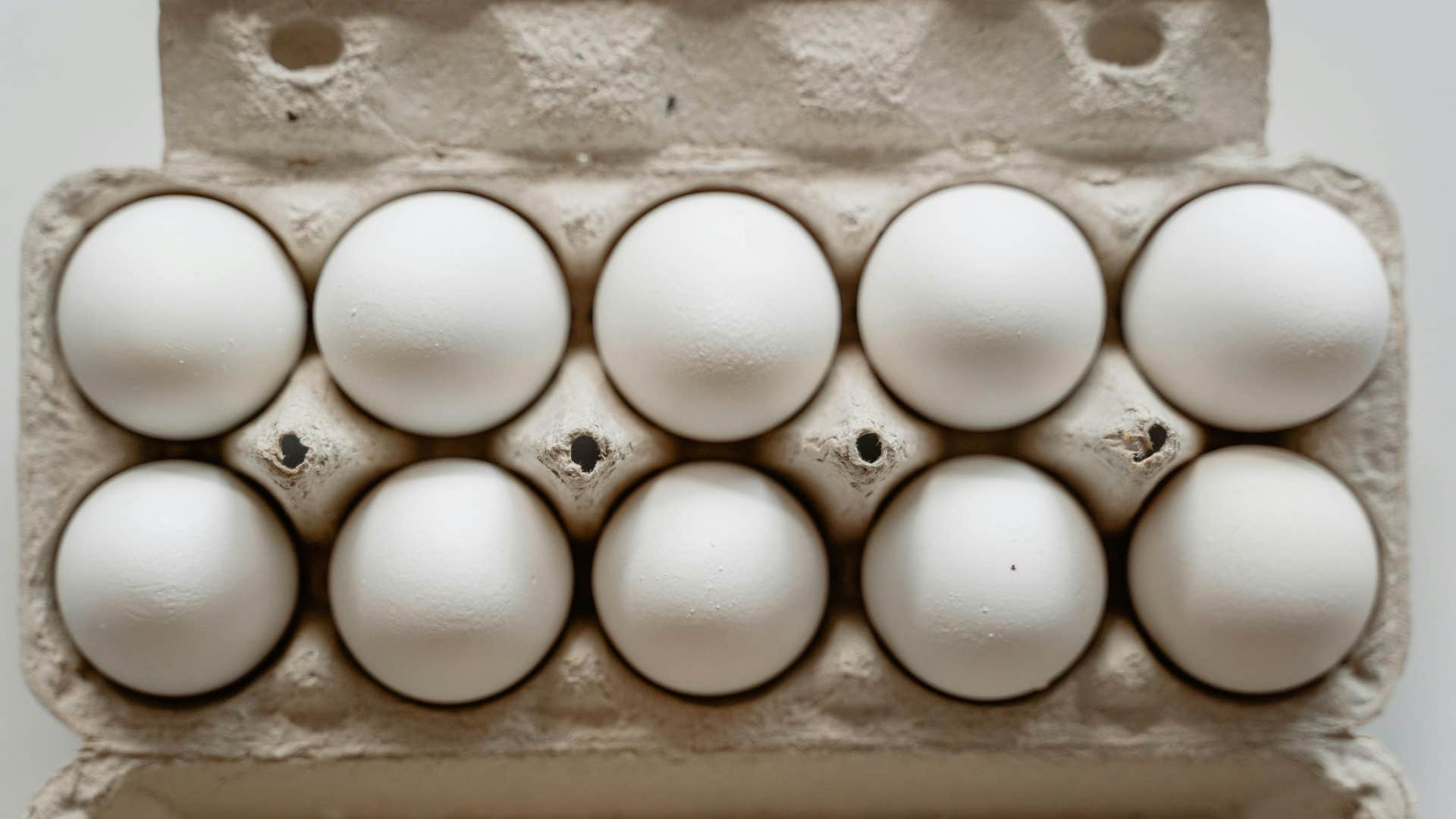 Tima Miroshnichenko | Pexels
Tima Miroshnichenko | Pexels
I think we can all remember when the price of eggs earlier this year reached the price of $8.17. In the 1980s, a dozen eggs cost only $0.80. If you’re picky about your eggs and choose to buy only organic and pasture-raised, be prepared to spend closer to $15.
Living a healthy lifestyle today is considered a luxury that many can’t afford. Now, it might be a little bit harder for you to crack open that egg for breakfast in the morning.
Advertisement
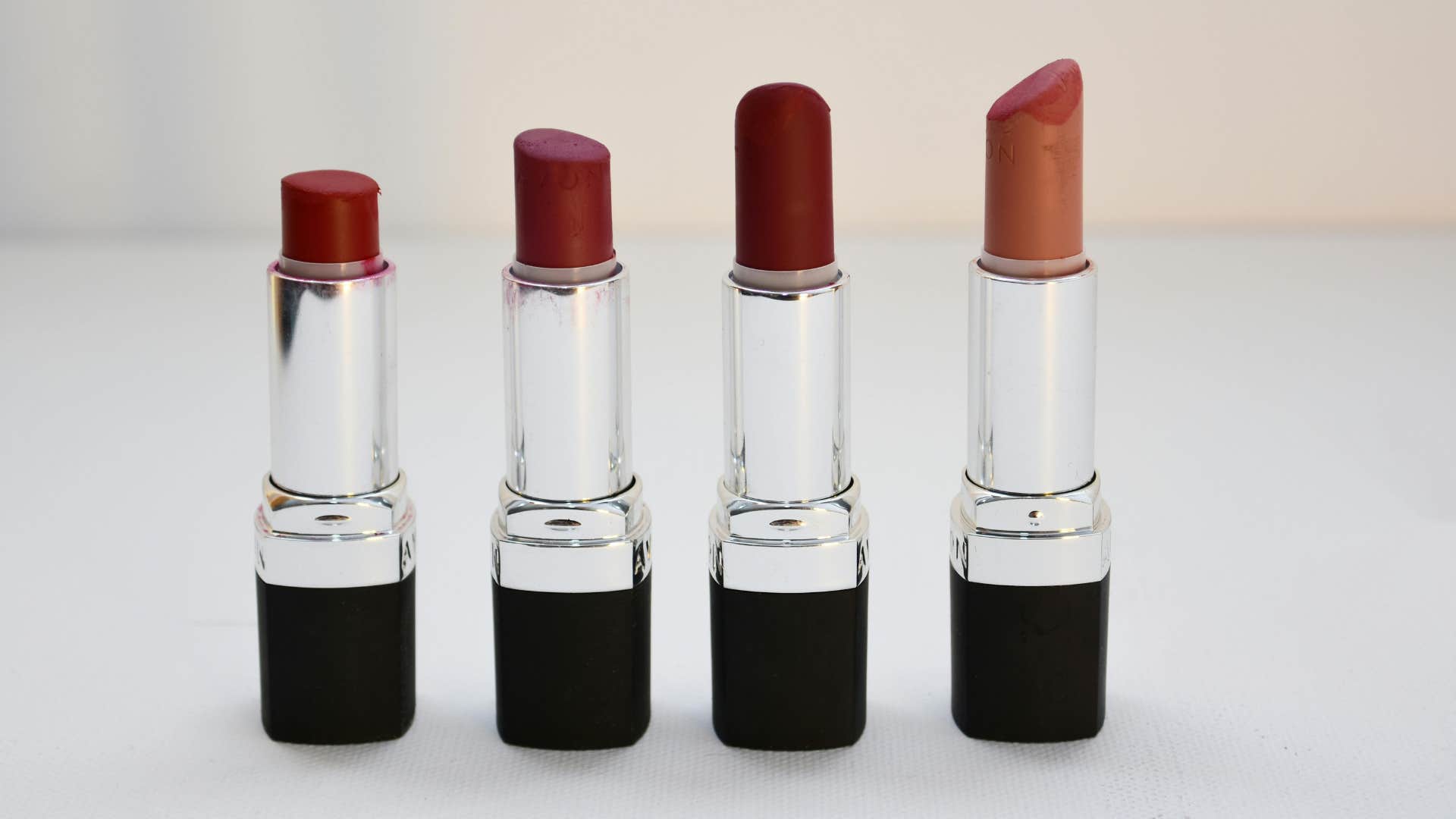 Diana | Pexels
Diana | Pexels
A Revlon lipstick in the mid-’60s was only a little over a dollar. Today, the cheapest Revlon lipstick is $6. Back then, whether a woman wanted to go for a bold red lip or settle on a subtle pink, a single dollar could make her feel more glamorous.
Nowadays, it feels like drugstore brands are creeping into high-end pricing. Women now try to get every last drop out of their makeup products before forcing themselves to head to the store for a new tube of lipstick or mascara.
Advertisement
 Engin Akyurt | Pexels
Engin Akyurt | Pexels
It’s no surprise that McDonald’s is still relatively cheap, but it’s nothing compared to the Big Mac in the 1970s, when it was priced at $0.65. You could enjoy a full meal, complete with a burger, fries, and a drink, for only $1.06, but now the same meal costs $9.29.
Grabbing a McDonald’s meal back then wasn’t “treating yourself”; it was a way to eat a cheap meal when your mom wasn’t in the mood to cook or you only had a few cents in your pocket. Teenagers were able to stretch a dollar when they hung out with their friends for the whole day, now, even ordering off the value menu feels like a negotiation with your wallet.
Advertisement
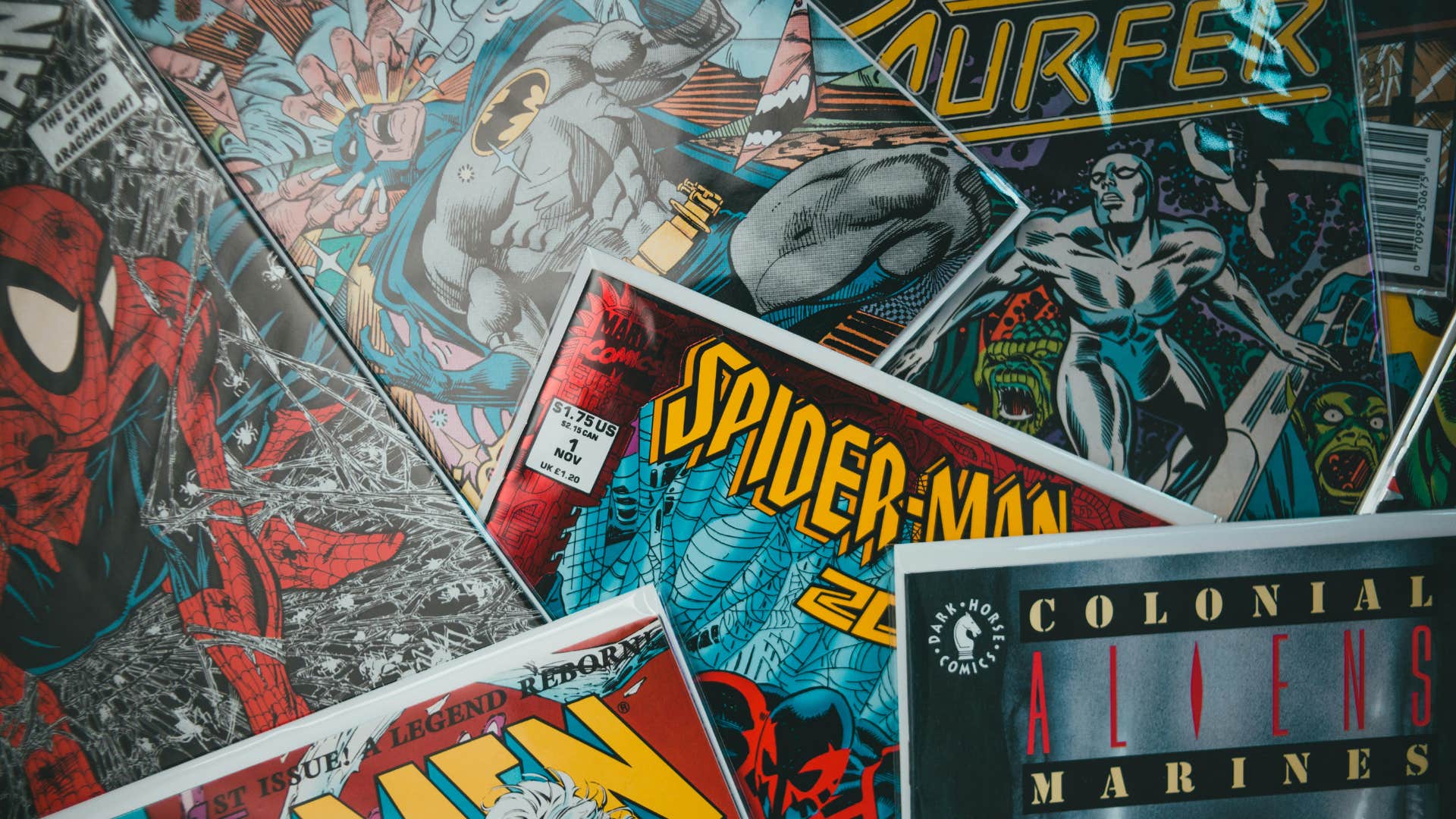 Erik Mclean | Pexels
Erik Mclean | Pexels
The comic books your parents and grandparents bought to spend the afternoon reading only cost them from $0.15 to $0.30. Today, those same comic books start to become collectibles and can range from $5 to $50, thanks to resellers.
When you visit your grandparents and they let you sift through their old boxes, don’t toss the comic books to the side.
Advertisement
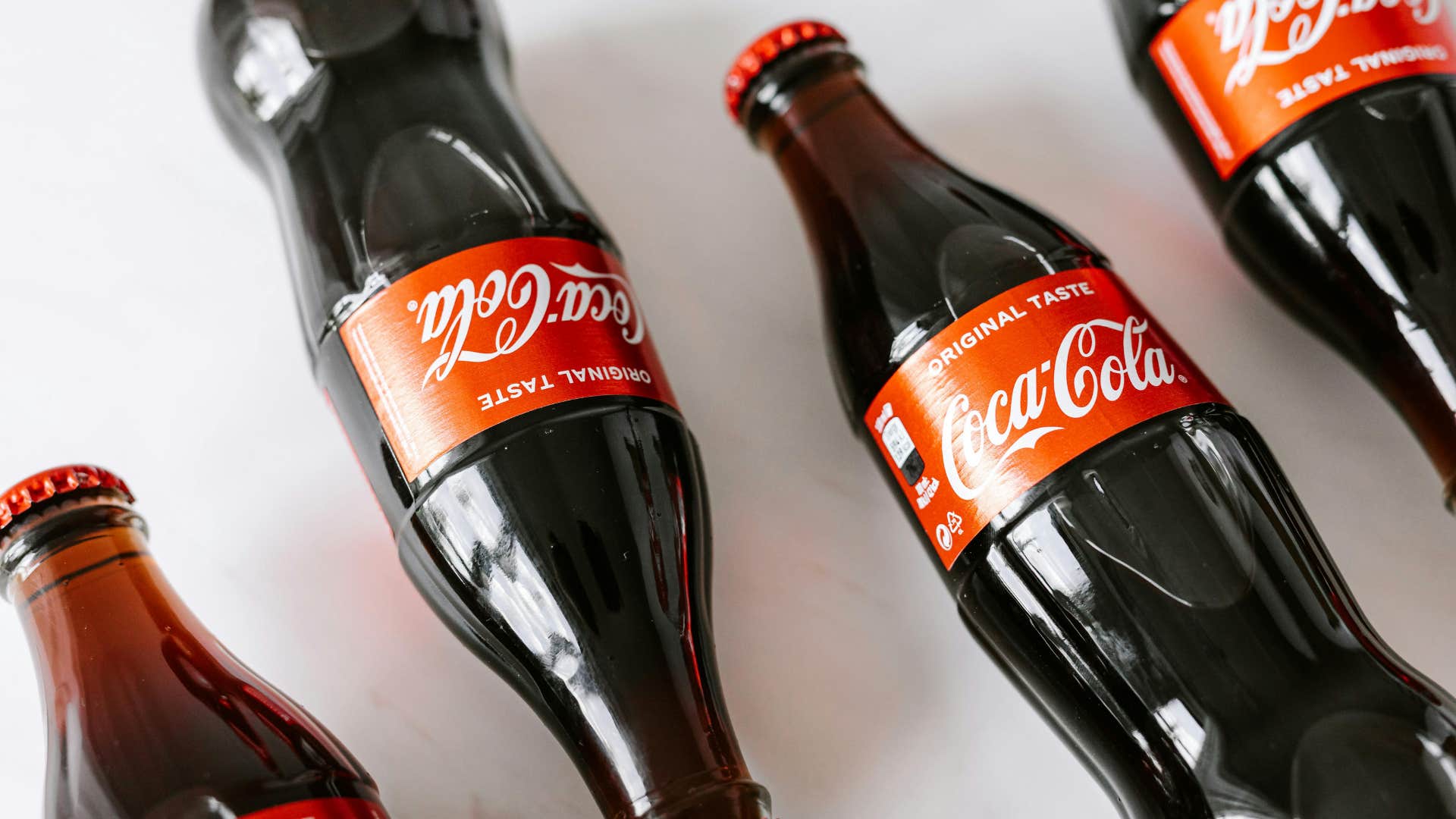 Karola G | Pexels
Karola G | Pexels
It can be interesting to see how a bottle of Coke has changed over the years, from its bottle design to its prices. During the late 1900s, the most a bottle of Coke would go for was $0.75 in the ’90s. Today, your average can of Coke (because a bottle is more expensive) costs $3 or more, depending on where you get it.
Grabbing a bottle of Coke is a fun treat back then and even today, but when you don’t want to pay the tax at a vending machine, sticking to water has been the most common decision.
Advertisement
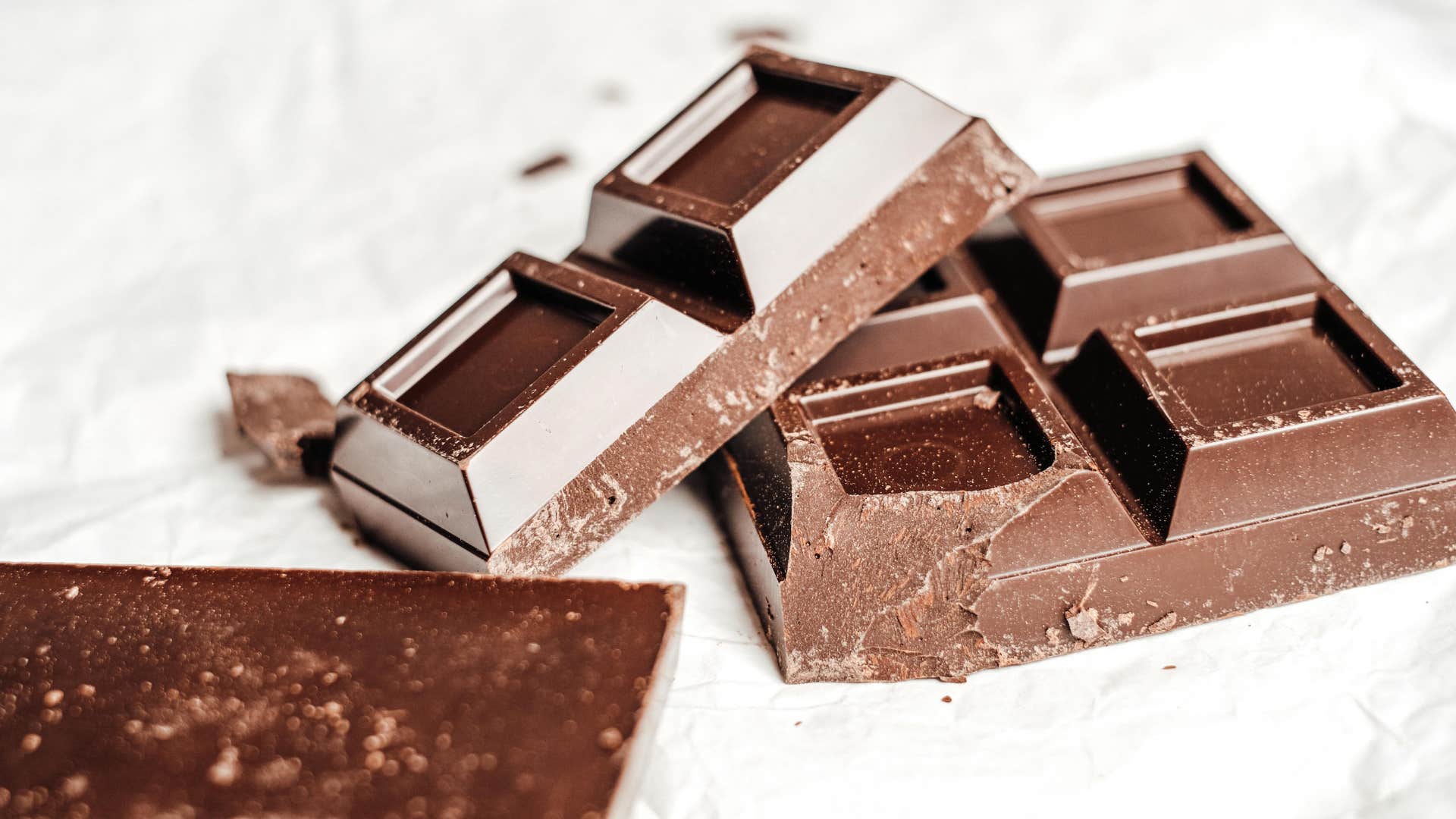 Vie Studio | Pexels
Vie Studio | Pexels
A Hershey’s chocolate bar in the late 1900s only cost a kid a nickel, and today it remains relatively cheap at only $2. It was easier to indulge in a sweet treat during the ’60s when it cost only a single coin, which meant kids could go to the candy store with a few pocket change and come out with a supply that’d last them a week — if they had self-control, that is.
Buying a couple of candy bars now costs the same price, maybe even more, as a meal did back then.
Advertisement
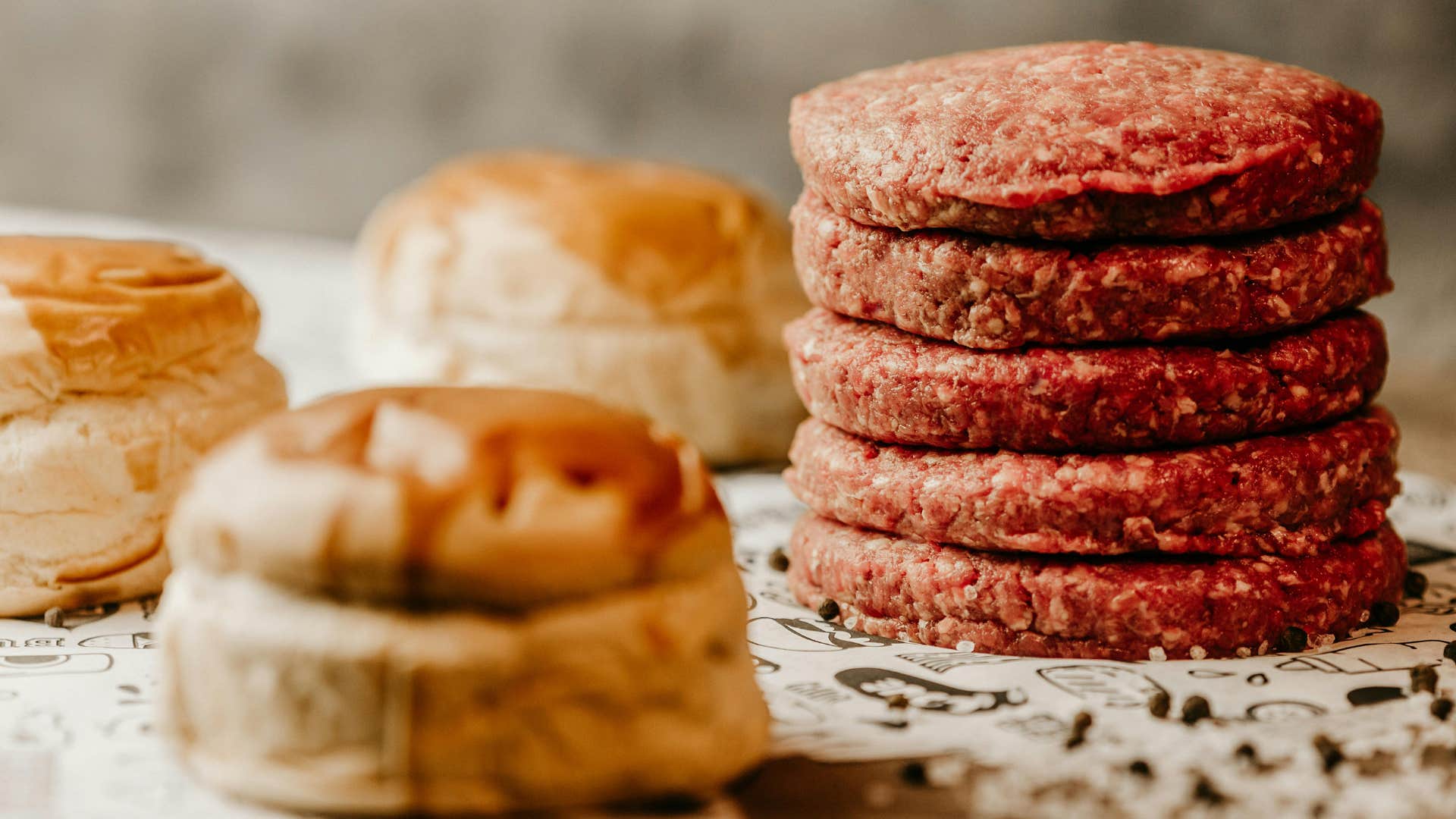 Jonathan Borba | Pexels
Jonathan Borba | Pexels
Those who have to make meals for a family know how expensive ground beef can get, with a pound usually costing around $6, and for a family of more than two, one pound won’t cut it. Back in the late 1900s, a pound of ground beef only cost $0.55.
Families could stretch their ground beef from casseroles to pasta without having to worry about blowing their budget for the week’s groceries. Some people now try to avoid meat as a protein source due to its high prices.
Advertisement
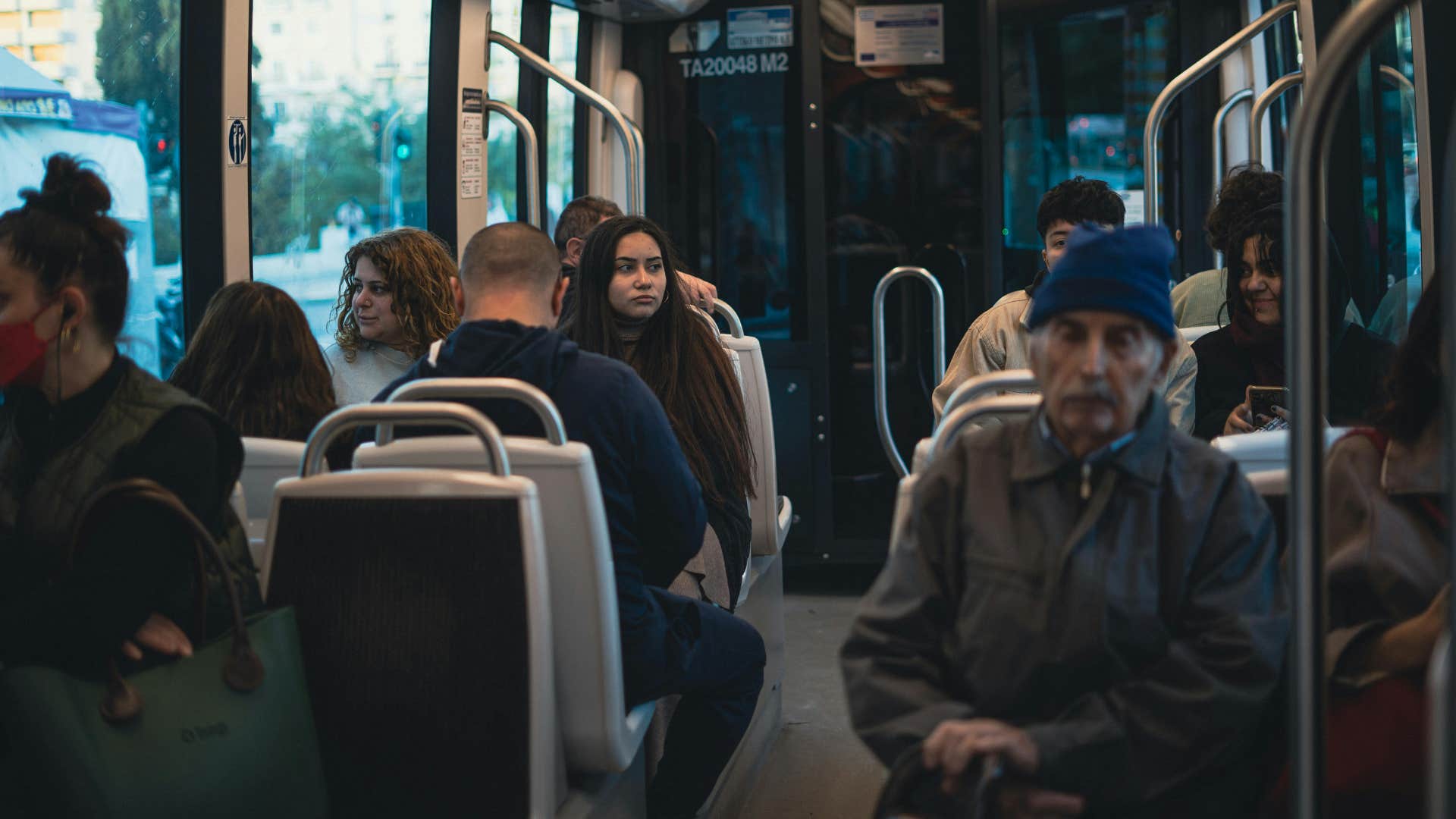 Ernest Ghazaryan | Pexels
Ernest Ghazaryan | Pexels
A bus ride in Chicago today costs $2.50, making a round-trip $5. In the ’80s, a bus ride cost $0.90, and transfers were only a dime. Public transportation in the city is crucial for many people, from businessmen commuting in the morning to students attending school in the city. A couple of cents back then could take you across miles, and you could explore the city with little to no restrictions.
If you live in the city, buying monthly or weekly passes is cheaper than owning a car, but some are still hesitant to click “Purchase.”
Advertisement
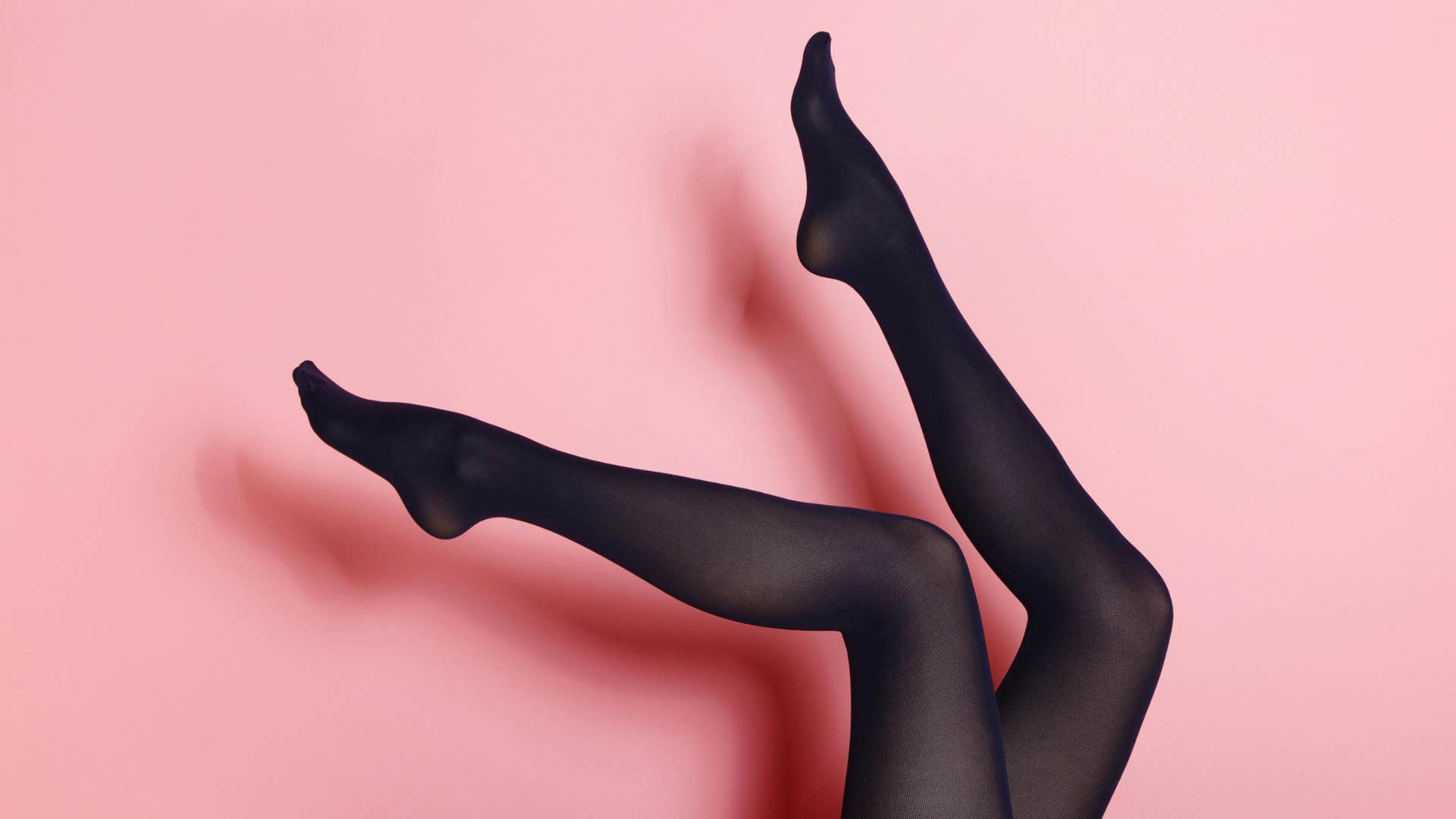 Aliaksei Smalenski | Pexels
Aliaksei Smalenski | Pexels
Women have created ways to make their tights last, from manufacturing tights that are harder to rip or using nail polish to stop a rip from getting bigger, all because a standard pair of black tights costs $8 and above, with some even being $50, when it’s really just a piece of fabric bound to rip at the most inconvenient time. During the ’60s, tights (or pantyhose) cost women only a dollar.
Looking back at what a single dollar could cover in the late 1900s can really put into perspective how much harder the cost of living has become, from simple things like a dozen eggs to social activities like going to the movies, which is why your parents are always shocked at the purchases you make, because during their time, it could’ve only cost them a few cents, sometimes even more.
Doreen Albuerne is a writer with a bachelor’s degree in journalism, covering relationships, mental health, and lifestyle topics.
Advertisement
Auto Amazon Links: No products found.

This will close in 0 seconds
This will close in 0 seconds